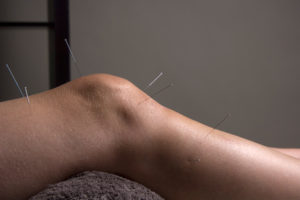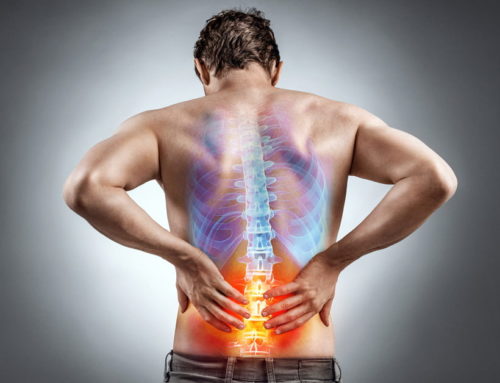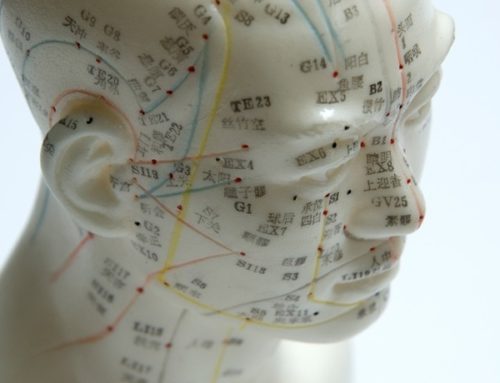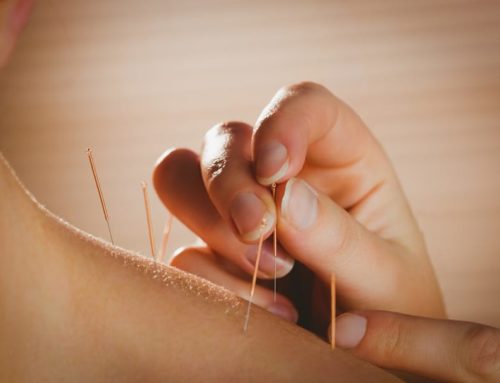By far arthritis is a condition that I help many patients with, it is painful and uncomfortable and can be very difficult to live with even prescribed medication at hand. The treatment approach is simple but first an understanding of what it is.
Arthritis is an inflammation, pain, redness, swelling and stiffness in a joint or joints. It isn’t a single condition and there are over 100 different types. Around 10 million people in the UK are thought to have arthritis. It can affect people of all ages – even children and teenagers, although most forms are more common in older people.
 If you have pain in or around a joint or joints that doesn’t go away after a few days, you should see a doctor. There are blood tests that can easily identify the markers of arthritis and finding out what’s causing your pain is key to finding the right treatment and self-help options. Whilst there is no cure for arthritis, treatments have improved greatly in recent years and, for many types of arthritis, particularly inflammatory arthritis, there’s a clear benefit in starting treatment at an early stage, this includes using acupuncture.
If you have pain in or around a joint or joints that doesn’t go away after a few days, you should see a doctor. There are blood tests that can easily identify the markers of arthritis and finding out what’s causing your pain is key to finding the right treatment and self-help options. Whilst there is no cure for arthritis, treatments have improved greatly in recent years and, for many types of arthritis, particularly inflammatory arthritis, there’s a clear benefit in starting treatment at an early stage, this includes using acupuncture.
It may be difficult to identify what has caused your arthritis. There are several factors that can increase the risk of each type of arthritis, sometimes it’s genetic or it could be attributed to lifestyle (stress on particular joints e.g. carrying heavy loads, or strenuous work with the hands).
Whatever the condition you have, remaining physically active will help you stay mobile and will be good for your general health and even ease some of the discomfort and acupuncture can help with this.
The condition is specific to joints in the body, so anywhere where two or more bones meet, such as in the fingers, knees, and shoulders. Most of the joints in our body are surrounded by a strong capsule. The capsule is filled with a thick fluid that helps to lubricate the joint. These capsules hold our bones in place with the help of ligaments which act like very strong elastic bands. The ends of the bones within a joint are lined with cartilage. This is a smooth but tough layer of tissue that allows bones to glide over one another as you move. If we want to move a bone, our brain gives a signal to the muscle, which then pulls a tendon, which is attached to the bone. Muscles therefore have an important role in supporting a joint.
Because there are several types of arthritis, it’s important to know which one you have. There are some similarities between these conditions, but there are also some key differences.
- Osteoarthritis
- Gout and calcium crystal diseases
- Rheumatoid arthritis
- Spondyloarthritis
- Ankylosing spondylitis
- Psoriatic arthritis
- Juvenile idiopathic arthritis
- Osteoarthritis
The most common type of arthritis is osteoarthritis. It is estimated that around 8.75 million people in the UK have seen a doctor about osteoarthritis.
Osteoarthritis starts with the roughening of cartilage. If this happens, the body can put in place a ‘repair’ process to try to make up for the loss of this important substance. But this has repercussions and the following can then happen –
- Tiny bits of extra bone, called osteophytes, can grow at the ends of a bone within a joint in the long term and lad to deformation.
- There can be an increase in the amount of thick fluid inside the joint.
- The joint capsule can stretch, and the joint may lose its shape.
One major piece of advice I often give is to keep active, this will help you maintain a healthy weight, and this will reduce the pressure on your joints. Doing regular exercise will keep muscles around a joint strong, and this will help to support and stabilise a joint affected by osteoarthritis. Being overweight can make you more likely to get osteoarthritis and can make it worse.
The conventional treatment offered by doctors is prescription of painkillers, such as paracetamol and non-steroidal anti-inflammatory drugs (NSAIDs), such as ibuprofen to help reduce your symptoms, however, with long term use they have the potential to cause side effects such as upset stomach.
In severe, particularly in your knees and hips, a doctor might discuss the possibility of surgery. This is usually considered only after you’ve tried all the other treatment options.
It’s common to have aches and pains in your muscles and joints from time to time. This may especially be true if you take part in unusual or strenuous physical activities.
So how do you identify that the problem might be serious and in need of attention. If the symptoms persist is usually a good indicator also did the pain came on after unusual exercise or activity you may have just overdone it a bit, and the pain should ease within a few days. If the pain isn’t linked to an injury or if the pain won’t go away try to get it seen to swiftly.
Other conditions that have similar symptoms to arthritis and cause pain and possibly swelling in and around joints are –
- Lupus
- Fibromyalgia
- Polymyalgia rheumatica
- Back pain
- Tendinopathy
- Lupus
- Lupus is an auto-immune condition. The immune system mistakenly attacks the body’s own healthy tissues.
Self-help as well as medical treatments, can help you manage your arthritis. You might not always feel like exercising and you might worry that exercising will make your pain or your condition worse. However, exercise can make symptoms such as pain and swelling better. There are several reasons why this is the case:
- Your muscles will become stronger. This will provide better support to the joint.
- Your joints will become supple and less likely to become stiff.
- Your joints will be able to maintain their range of movement.
- Exercise improves your overall health and fitness and can help you maintain a healthy weight.
- Exercise leads to the release of chemicals in the body called endorphins, acupuncture has also proved to help with endorphin release. These are painkillers produced naturally by the body. Releasing them into the blood through exercise can make you feel good.
- Exercising regularly can help you get good sleep, which can help the body repair itself.
The best exercise is anything that is low-impact exercise such as swimming, cycling, brisk walking, yoga, T’ai Chi, and Pilates. I feel it’s important to find something you enjoy so that you keep doing it. You may feel some discomfort and sometimes pain when you exercise. This feeling is normal and should calm down a few minutes after you finish. It’s not a sign that you are hurting yourself. Exercise will help reduce pain and can help you manage your arthritis better. If you are not quite sure I’m always happy to advise, or talk to a personal trainer or physiotherapist. Careful not to overdo it. If you are in pain that you can’t cope with during or after your activity, stop immediately. The key is to start off gently and to gradually increase the amount you do.
If you have arthritis it does have the potential to have an impact on your quality of life. However, with the right treatment, support, knowledge and approach, you will be able to live a fulfilling, happy and successful life and this is where acupuncture can make a real difference.



